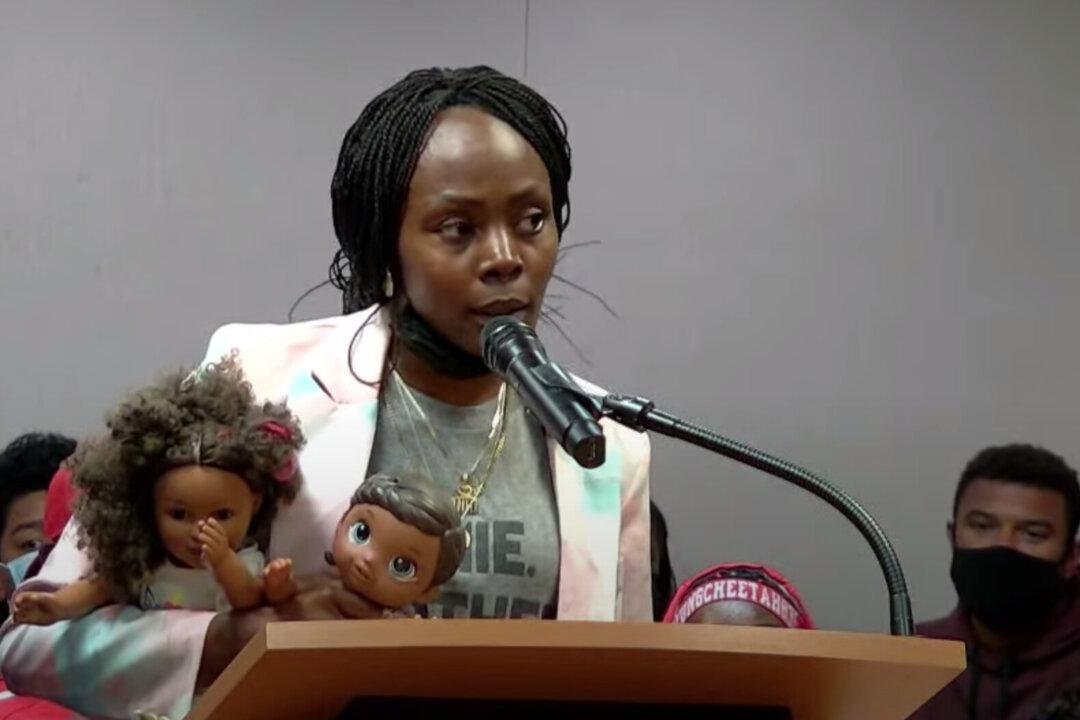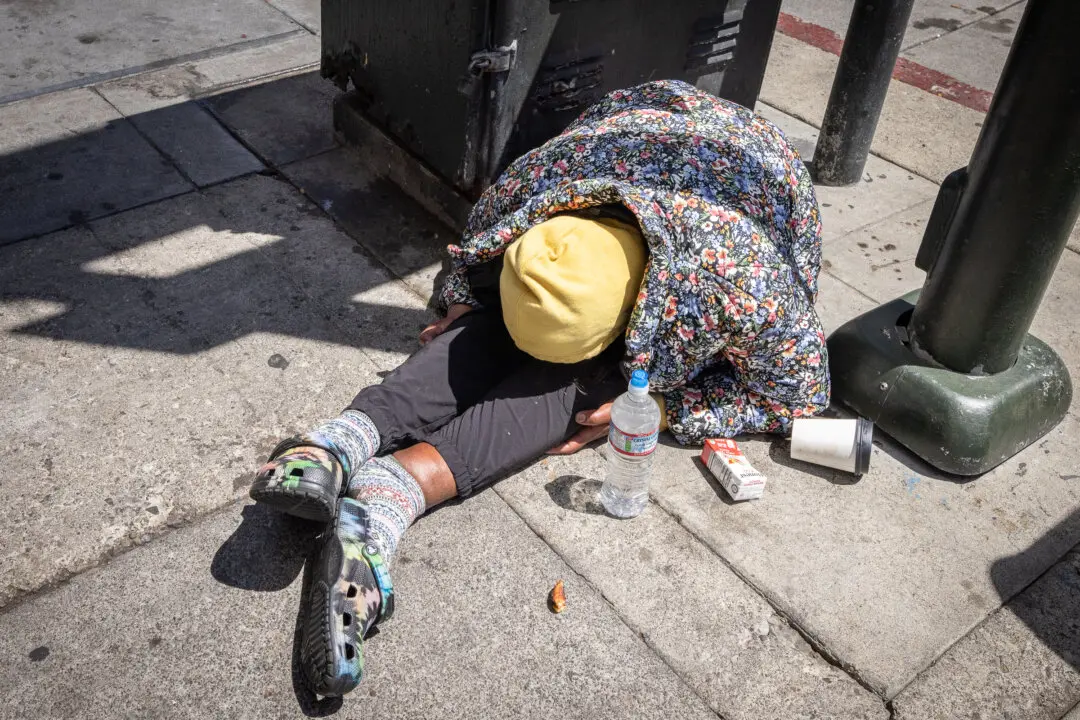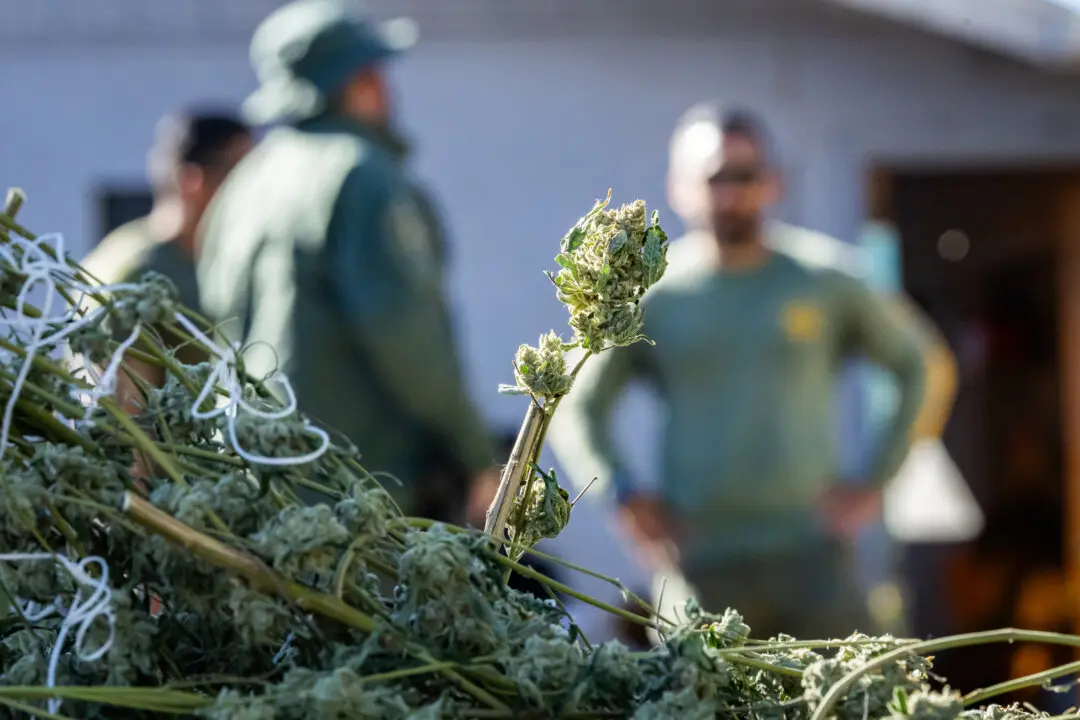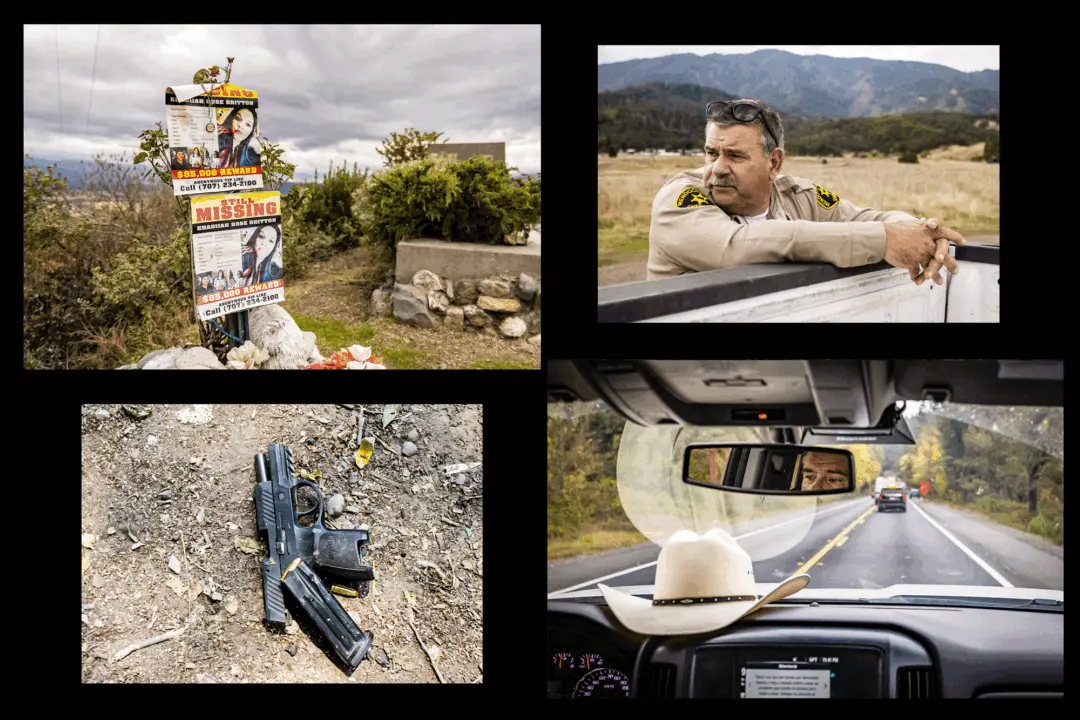Students and parents packed a recent school board meeting in Salinas, Calif., alleging “white supremacy” over photographs of a black baby doll posted on an Instagram account and demanding “restorative justice.”
The images showed the doll being run over by a vehicle and posed in front of an ambulance. The doll was called Shaniqua in the post and had its eyes crossed out, with a bandana around its neck and what appeared to represent an ankle bracelet. The photos were allegedly posted by students who attend Salinas High School.





